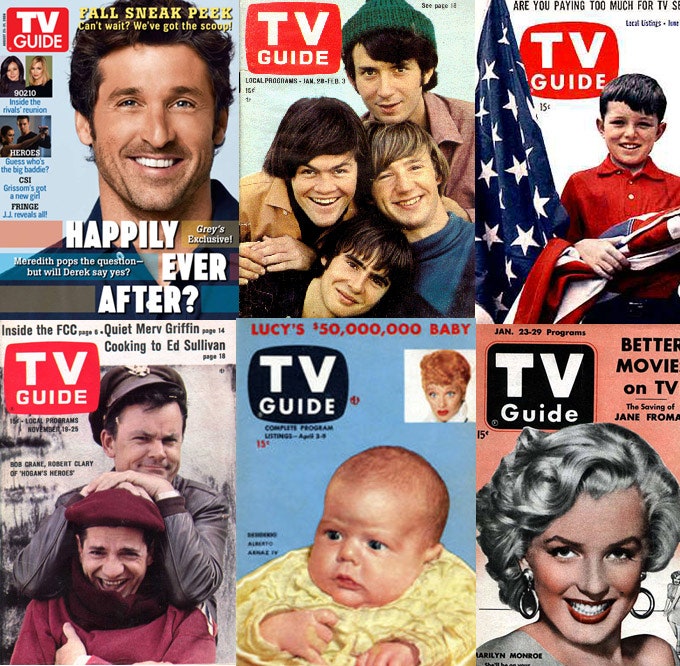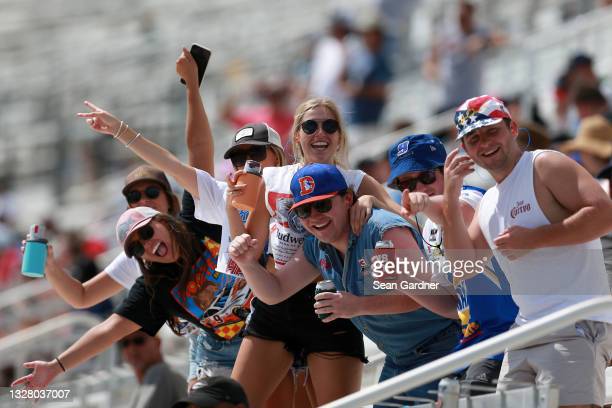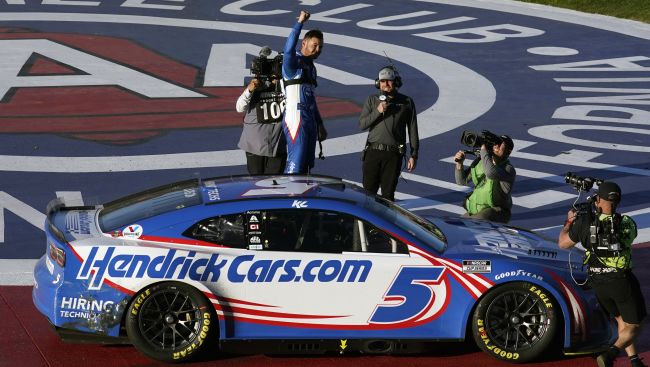
If you are looking for information about the 1960s' drivers, you have come to the right spot. Continue reading to learn more about Bill Van Allen and Leroy Warriner as well as Richard Petty and Harry Simonsen. These are just a few names that spring to mind when we consider the 1960 NASCAR Season.
Bill Van Allen
Van Allen was an outstanding racecar driver during his career. He was an outstanding stock car driver and his success was due to his ability win races. His first race at Raceway was on August 25, 1950. Van Allen then won the 60-lap season finale on September 29. Van Allen beat Bud Koehler (Don Odell) to win the 300-lap main race at Speedway.

Harry Simonsen
Harry Simonsen, the NASCAR 1960 champion is a well-known driver and mechanic from Chicago. He is the owner of a car parts company and has participated in many NASCAR races. His mechanical skills and driving ability have earned him many victories. He has won 35 features at Raceway Park, as well several races throughout the midwest.
Leroy Warriner
Warriner's racing career was shaped by the race he won in Indiana two years before his retirement. He was an active member of the fan clubs after he had won an Indiana local race. He also visited local tracks on numerous occasions, including fan events. He eventually returned to Indianapolis after living in the Florida keys for many years.
Richard Petty
Richard Petty won the NASCAR 1960 Championship in spectacular fashion at Texas World Speedway. The driver qualified in the seventh position, ahead of two other drivers. The race was controversial, with lead changes and intentional teamwork. Richard Petty passed No. Rex White, the 2 qualifier, was leading the laps. However, Richard Petty lost momentum after hitting an enormous Turn 1 pothole. Petty then drove by White and took the lead, clinching his first career win.
Geoffrey Bodine
Geoffrey Bodine has been called a racing legend in America. He has won six Busch Grand Nationals and the Race of Champions, and he's a former top driver in the Modified class. Bodine moved from New York upstate to Richmond. He parked his car near Zervakis. The pair soon became a strong force on both the Virginia and North Carolina Late Model Sportsman circuits. Bodine won many races and finally got his first taste in Cup Series competition.

Junior Johnson
The career of Junior Johnson in NASCAR began in 1955. He began by winning five races, and finished sixth in the Grand National standings. He won six races, earning the pole position for the Hickory 250 in 1958. He won six additional races in 1959. In 1959, he was the pole winner at the Hickory 250.
FAQ
Is it possible to drive a racecar?
It takes dedication and hard work. You have to practice all day long. You won't succeed if you don't practice hard enough.
You need to be willing to sacrifice everything else for this dream. It's not about winning if your are fast enough.
Many people are unable to drive and try unsuccessfully. They want to live an easier life.
They want to go home each night without having to work extra. But if you want to succeed, you've got to be willing to give up everything else.
If you want to be a race car driver, you have to put in the hours and the effort.
What's the difference between a race car and a road car?
Road cars are designed for use on public roads. These cars are made specifically for racing. They are aerodynamically designed to help them accelerate and brake quickly.
How do race car drivers prepare to race?
Most race car drivers spend some time warming up before a race.
This means that they run their engines for a set amount of time.
When they're ready they can begin the race.
What length of a race can it last?
Different races have different lengths.
There are endurance races that go on for several days.
Other races, such as sprints, are shorter.
How much does it cost for you to race?
It all depends on the event. Some events charge entry fees while others don't.
Some events require you to pay before entering. Others will let you in free of charge.
How many kinds of car racing can you imagine?
There are two main types of car-racing: open-wheel or closed-wheel. IndyCar races, NASCAR, Champ Car and Formula One are open wheel. Closed wheel races include Formula 3000 (DTM), GP2, etc.
Statistics
- Petty has won 200 NASCAR Cup Series races, a likely unbreakable record, along with a series record seven Cup championships. (frontstretch.com)
- This change may give an improvement of up to 29% fuel efficiency. (en.wikipedia.org)
- According to AutoSport, IndyCar's top speeds are 380km/h or 236 mph. (motorbiscuit.com)
- Acceleration is a little gentler (relatively speaking) too, with 0-100km/h taking an estimated 3.1 seconds and 0-200km/h covered in 7.8 seconds. (autosport.com)
- In 2013 Ferrari had an estimated team budget of $470 million, while elite IndyCar teams have an estimated annual budget of $15 million, according to FormulaMoney. (businessinsider.com)
External Links
How To
How to get around corners quickly
In order to go faster in a race you need to get your car out from the way of other cars. This means that everyone must turn before you. This will ensure that everyone behind you is unable to see what's happening ahead. You will also avoid being in an accident with cars coming from all directions. How can you corner fast?
First, you must understand where you're going. You'll likely end up somewhere unexpected if you don't know your destination. It's why planning is so important. Make a map of your route so you can see where you're heading at any given moment. Although it may seem tedious, having a map of your route will help you save a lot of time and headaches.
Next, you should figure out when you're going to start turning. After you have passed the first corner, it is the best place to start. After you have passed the first corner, it will be clear where you are starting from. You now need to choose whether you will use the inside or outside lane.
If you're planning to take the inside lane, you'll want to wait until there's no traffic in front of you. This will allow you to move fast and avoid hitting anyone. Once you've entered the inside lane, it is important to stay there. Don't let yourself drift back into the outside lane. You could hit someone moving slowly if you do. Keep in mind, however, that if your vehicle crosses the line dividing them, you will lose control and be vulnerable to crashes.
Once you have chosen the lane, it's time to decide where to turn. This problem can be solved in many ways. Some people prefer looking for a gap or a void in traffic. Others try to find a clear opening in the road. Others still look for a point at which the road curves round a hill or mountain. It doesn't matter which method you choose, it is important to avoid blocking the entire road. If you do, then you'll end up causing traffic jams all across town.
After you've picked a spot to turn, you need to decide whether you'll be making a sharp left or a gradual curve. A sharp turn is easier than a gradual one. But it is more difficult and requires more energy. On top of that, it makes it harder to steer your car properly. For these reasons, most drivers prefer to make gradual turns.
Finally, you must accelerate only enough to pass the car in front. Accelerating too early will cause you to crash into its bumper. And accelerating too late will cause you to run off the road. In either case you will lose control of your vehicle and crash. This is why you should accelerate slowly. Start with very little acceleration, and only increase it as you near the edge of the road.
Once you're done cornering, slow down immediately. This is especially true if you're driving in heavy traffic. This could result in you running someone over.